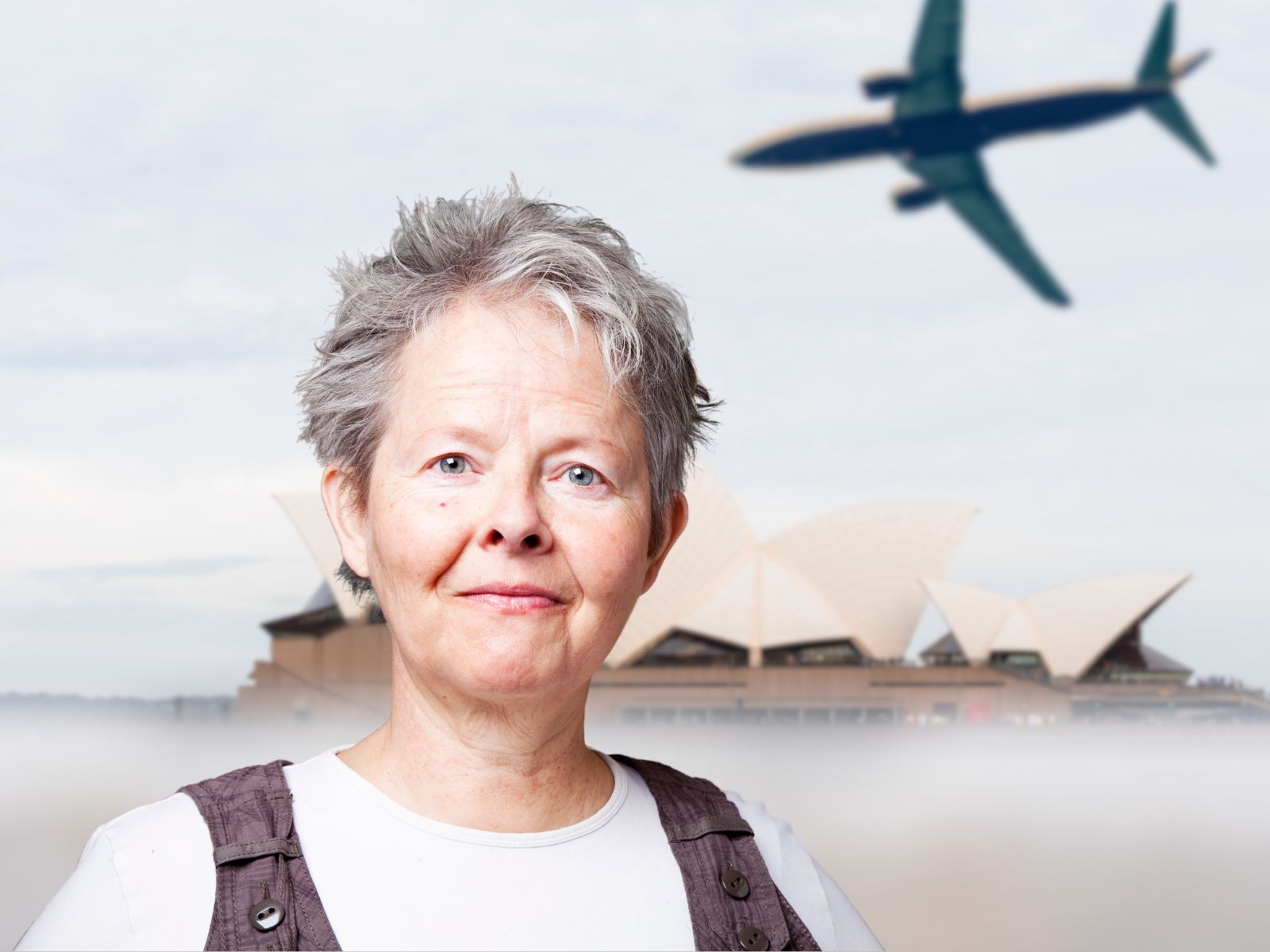Embarking on a journey from the United States to Australia is an exciting endeavor, but it also requires careful planning and consideration. In this comprehensive guide, we’ll explore everything you need to know about flights from the US to Australia. From choosing the right airlines and routes to understanding travel logistics, this article will equip you with valuable information to ensure a smooth and enjoyable transpacific journey.
1. Airlines and Routes: Connecting the US with Australia
Several airlines offer flights between the US and Australia, providing a range of options for travelers. Major carriers such as Qantas, United Airlines, American Airlines, and Delta Air Lines operate direct flights from cities like Los Angeles, San Francisco, and Dallas to major Australian hubs like Sydney, Melbourne, and Brisbane. Additionally, there are indirect routes that may involve a stopover in cities like Honolulu, Auckland, or Singapore.
2. Flight Duration: Navigating the Long Haul
Traveling from the US to Australia involves crossing vast distances, making it a long-haul journey. Nonstop flights typically range from 14 to 16 hours, depending on the departure and arrival cities. Indirect flights with stopovers can have longer total travel times due to layovers and aircraft changes. It’s essential to prepare for the extended duration by packing entertainment, comfortable attire, and necessary travel essentials.
3. Visa and Documentation: Meeting Entry Requirements
Before traveling to Australia, it’s crucial to understand the visa and documentation requirements. US citizens can apply for an Electronic Travel Authority (ETA) or an eVisitor visa, which can be obtained online before departure. These visas allow for short-term tourism, business, or transit purposes. Additionally, ensure that your passport is valid for at least six months beyond your intended stay in Australia.
4. Time Zones and Jet Lag: Adapting to the Transpacific Shift
Crossing multiple time zones during a US-Australia flight can result in jet lag and disrupted sleep patterns. To minimize the impact, it’s helpful to adjust your sleeping schedule a few days before departure and stay hydrated throughout the flight. Upon arrival in Australia, try to adapt to the local time zone as quickly as possible by exposing yourself to natural daylight and maintaining regular mealtimes.
5. Customs and Quarantine: Understanding Entry Regulations
Australia has strict customs and quarantine regulations to protect its unique ecosystem. Familiarize yourself with the prohibited items and declare any necessary goods upon arrival. Be prepared for inspections and screenings, particularly for food, plant material, and animal products. Remember that failing to comply with these regulations can result in penalties and delays during the entry process.
Embarking on a transpacific journey from the US to Australia requires careful planning and consideration. By choosing the right airlines and routes, understanding the flight duration, meeting entry requirements, managing time zones and jet lag, and adhering to customs and quarantine regulations, you can ensure a smooth and enjoyable travel experience. Whether you’re heading Down Under for a vacation, business trip, or family visit, this comprehensive guide equips you with the necessary knowledge to make your transpacific flight a success.
Safe travels and enjoy your time exploring the wonders of Australia!

